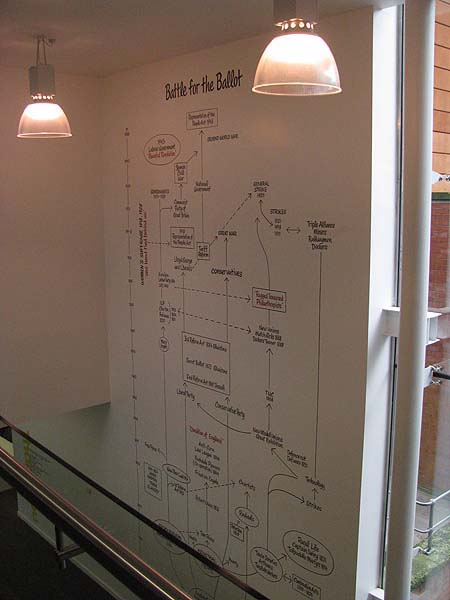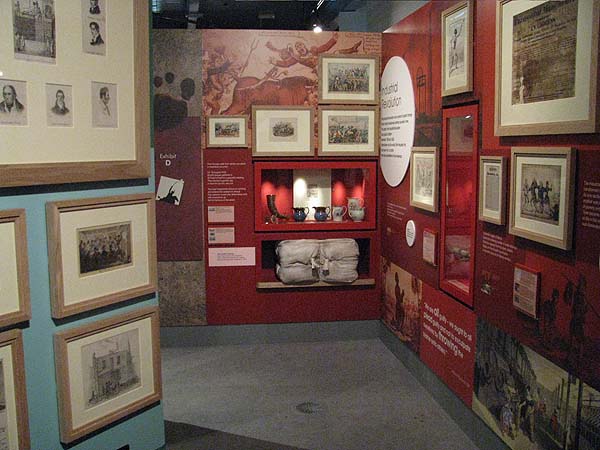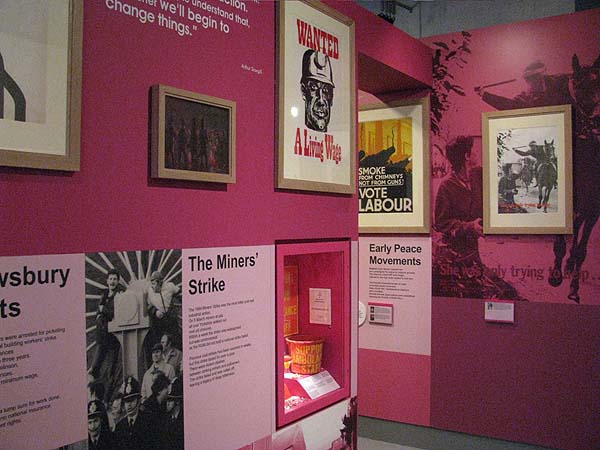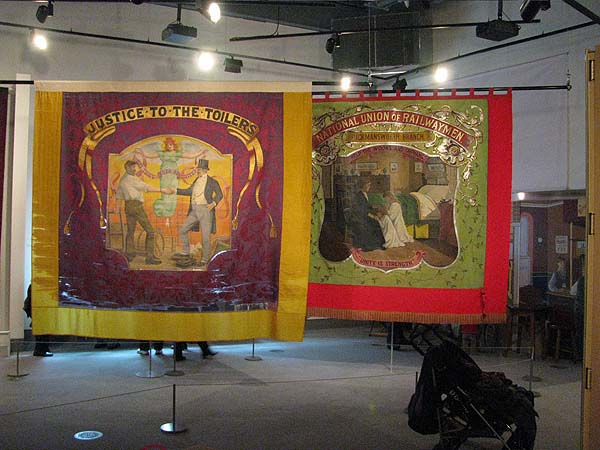| Architect |
Austin-Smith:Lord |
| Date Built |
2010 |
| Location |
Bridge
Street at Left Bank |
| Description | |
| In 1994 the
Pumphouse on Water Street became home to
The People's Museum. This building
was once a part of a hydraulic system that
served commercial buildings throughout the
Manchester City Centre. The power
was mostly used by presses that packed
cotton bales. In the city’s
warehouses, these presses worked in the
basements. Hydraulic powered cranes
on the ground floor or higher floors
lifted the goods onto vehicles for
shipment to the customers. Elsewhere
in the city hydraulics drove lifts, moved
railway wagons, and even wound the Town
Hall clock and raised the Opera House
safety curtain. The old pump house building housed museum galleries, a café, shop, corporate facilities and education service. In 2008 a major redevelopment of the museum began. This involved the construction of a new extension and the refurbishment of the existing pump house. An award of more than £7million from the Heritage Lottery Fund and a £2m grant from the Northwest Regional Development Agency financed the project. The architectural practice of Austin-Smith:Lord designed the new extension and the remodelling of old Pumphouse. The four-storey extension is clad in COR-ten steel. In 2010 it was presented with the "Building of the Year" award by the Greater Manchester Chamber of Commerce. The entrance foyer includes a shop, a cafe and a projection wall with cartoon characters walking through. You can see Maggie Thatcher at this moment.  With the history of universal suffrage as a theme in the exhibition halls, a stack of ballot boxes grace the centre of the foyer. |
|
|
People's History
Museum - Bridge Street, Manchester, UK
 The old pumphouse will
be an exhibition space but when I took these images it
was home to a temporary exhibition about the new
museum.
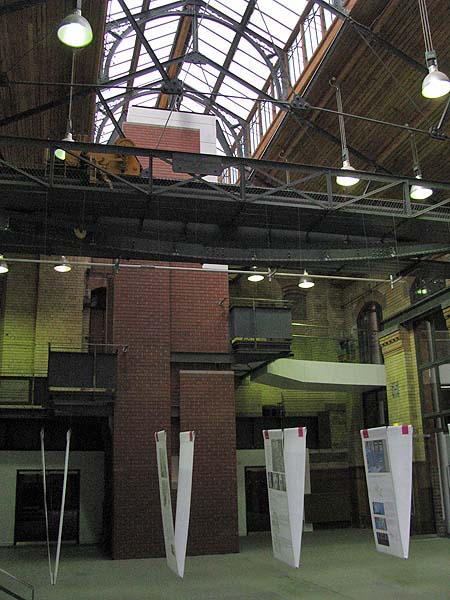 Above: The old crane spans the space. An elevated walkway
takes you back at the first floor level into the new
extension. To the right is a flow chart mapping
out the tortuous track the country took towards
universal suffrage.
Visitors are invited to
clock in and out of the museum. What follows are
a series of themed rooms over three floors telling
important stories about the struggles for a democratic
state. Take a very brief glimpse below at the
layout and the treasures contained within.
|




